Following the desires of proxy users to learn more about the situation in the proxy industry in general, we have compiled this review to showcase the trends and directions in our market.
We have studied the opinions of proxy users across all spectrums of the business and evaluated the data from public sources to compile this proxy usage report and present you with our outlook on the current state of events.
Here, you will be able to get a comprehensive opinion on what kind of proxies meet the users’ requirements today and some insights on what to expect from the best proxies providers a year and more from now. Also, we have included some of the most common use cases that should reveal the market behavioral patterns that we are excited to share with you. So, read on to find out what the proxy industry has to offer you these days!
Major Market Trends
- Fast growth of major market players over the course of three years
- Record-breaking revenue levels of the leaders
- More competition in the enterprise sector and better services to SMEs
Although it is hard to give you the overall figure of the current proxy market, we can judge the market growth parameters by tracking some of the most mentioned players in the industry just to get a good estimate.
Most of the leading proxy providers have expanded their workforce several times over the course of 2021-2023. And we are talking about the official staff members here, not counting all the outsourced efforts. For instance, Oxylab now employs over 350 people and was nominated among the Top 10 employers of the year by MeetFrank. BrightData (a company with over 400 employees) has surpassed the $100 million revenue threshold and acquired three companies (back in 2021). Also, the size of the company now allows for embarking on pro-bono projects through The Bright Initiative, which tells us a lot about the impact the companies want to make these days.
But the presence of big names and budgets in the enterprise sector meant that some smaller players in the proxy arena started to look closer at the level of service devoted to small and medium-sized companies. So, the focus of companies like Webshare and Geosurf shifted to this spectrum of customers.
We at PrivateProxy noticed this proxy marketing trend as well and increased our efforts in providing the premium level of support to the users with smaller pools of IPs. The main target is to increase customer satisfaction levels and decrease churn all across the board.
Current State of the Market
- Great year for the industry in general
- Search for new niches in the industry
- Ambitious goals but uncertain future
The year 2022 marked serious growth in revenue for all the players in the proxy industry. Webshare, for instance, reported doubling its revenue that year and was acquired by Oxylabs later in 2023. Such companies as IPRoyal claimed to grow their daily usage ten times versus the figures of 2021. And we expect this trend to continue in 2023. The overall market expansion allowed players like NetNut to stay afloat regardless of the litigation and capital investments into its infrastructure.
The search for new ideas and new business niches continues in the industry. The entrance to the market is now open to new names that have the opportunity to explore the mobile proxy segment through the use of modern mobile proxy software on the clients’ side.
In terms of further market expansion, some of the participants are cautious. However, the overall belief is that with the current state of events, companies would be less likely to cut on their digital infrastructure, and therefore, the future for the proxy industry remains bright for a few years to come.
Most Probable Market Direction
- Upsale to customers: more APIs and proxy-powered services
- Educating users to switch to APIs from in-house tools
- Continue “business as usual”
Since the major demand in the industry lies in scraping, most of the key players focused on this business niche to deliver not only scraping-ready proxy networks but also tools and well-documented APIs to go with them.
The shift in offerings from data extraction tools to analytics is obvious if we consider the product lines of names like Oxylabs, Smartproxy, Infatica, and SOAX.
This expansion toward better marketing of API tools was spotted back in 2021 and remains even more vivid these days. Proxy providers take a more in-depth approach to documenting the scripts they provide to the end users and motivating them to become subscribers to their current data processing packages.
All this does not imply that the traditional business of IP sales is close to being over. Most of the big and growing proxy buyers have their own in-house agenda for the use of proxies and, therefore, are not ready to give up on the proprietary solutions that they have developed so far. This means that traditional proxy sales will still be growing in the years ahead of us.
Most Common Proxy Types
- Residential and datacenter IPs are dominating the business
- Applications for ISP and mobile proxies
- The future of mobile proxies
The two obvious leaders in sales are residential and datacenter proxies. The top players in the industry report that over 90% of their portfolio in sales are these two types of proxies, where mobile and ISP proxies constitute not more than 10%.
This can be seen as true considering the two common trends in the market. SMEs remain budget-conscious and favor datatcenter IPs, and the residential proxies are predominantly popular among large enterprise customers. All of the major players in the market offer both datacenter and residential IP from their networks, with only a few exceptions.
This leads to yet another conclusion: mobile and ISP proxies are now seen as niche products that can be successfully explored by less prominent players. Both such types of proxies are good for managing multiple accounts (mobile proxies, especially good here) and sneaker copping (mostly done with ISP proxies). This shows quite a lot of potential in this sector of proxying.
Analysts believe that the growth in the industry will come from the mobile proxy sector. With the price of sourcing for IPv4 proxies (HTTP and SOCKS) constantly on the rise, it becomes cost-effective to expand the infrastructure of mobile IPs using the fleet of properly equipped individual devices ready to serve this sector. So, in the near future we can expect new names in this business sector, solely specializing in mobile IPs.
Proxy Use Cases
- E-commerce, online marketing, SERP data scraping – what else?
- Is copping sneakers with proxies on the decline?
- Artificial Intelligence. Is the hyped-up area of digital going to change the world of proxies?
If we consider the top three areas of proxy applications, the situation will look as you can easily predict: nearly one-third of all use cases revolve around e-commerce. Here, we can clearly track the current spikes in the development of enterprise-size labels inside Amazon, AliExpress, Shopee, and other e-commerce giants that have serious budgets for proxies for market research. Rayobyte and Infaica claim that over half of their business comes from this sector. The runner-up is online or digital marketing with its demand for residential IPs with almost ⅓ of the market. And ad verification, account management (creation of multiple accounts), and cybersecurity all constitute around 7% of the market each.
The market of sneakers from the proxy industry perspective has undergone serious changes. Our proxy analysis shows that the level of antibot security on the major websites has increased significantly. Some of the top platforms became not so appealing to real sneakerheads: no more “cool” drops from Yeezy Supply that could potentially bring in enough cash on resell. However, some sites like Shopify and Nike still remain, and proxies for them are topical these days.
As for the future, AI is coming off the horizon as a huge emerging market. All ChatGPT-like neural networks rely on large LLM models that require tons of data to be collected for training them. All the major players in the industry agree on the bright future for proxy providers in this market segment.
Legal Challenges and Implications
- HiQ vs. LinkedIn case and its consequences for the industry
- Legal ambiguity is still very high
- Is social media scraping at risk?
The litigation involving HiQ and LinkedIn over the course of 2022 gave us a couple of extremely valuable conclusions that the final ruling revealed.
First, it is clear that the precedent has been set to overrule the anti-hacking law of 1986 when it relates to scraping publicly available data. And here we can applaud a small victory on the part of scrapers. Secondly, HiQ lost on the count of “breach of contract,” and that leads to thinking that the grounds of data extraction started shaking.
This legal ambiguity led to the shrinking of the social scraping market. Multiple companies involved in data collection from social platforms have reported the receipt of cease-and-desist letters.
The battle between scrapers and data collectors carries on. The lawsuit between Meta vs. Bright Data on breach of contract is a good illustration of this situation. So far, we predict that the market for scrapers will continue evolving as social media platforms gear up against even more sophisticated scrapers.
General Observations
- Quality of residential and mobile proxies
- Mobile proxies are still relatively expensive
- Shift towards self-service
The first thing that has become obvious this year is the increase in the quality of residential and mobile IPs. Their success rate and speed are now approaching the thresholds that were previously only possible with high-performance datacenter proxies. For instance, the response rates of residential proxies from SOAX in 2021 were at the level of 3.5 seconds, and in 2023, they reached almost 1 second.
On average, mobile proxies are 30 times more expensive than datacenter IPs and cost almost three times the price of the cheapest residential proxy. The reasoning behind these figures is rather clear: with mobile proxies, the success rate on e-commerce websites is much higher (25–30% over the datacenter proxies), and scraping Google SERP is also a huge problem with shared datacenter proxies, even with rotating mechanisms.
Another big trend that has become obvious in the market is the shift toward self-service check out, and proxy selection. KYC procedures have been simplified on the sites of all major players. Now, it is a very rare case when you find a place to buy proxies, and you need to start by filling out some lengthy forms before you lay your hands on the IPs.
Rotating Datacenter Proxies
- Main features of this proxy segment
- Market leaders among proxy providers in this segment
- Rotating DC proxies from PrivateProxy
Datacenter rotating proxies have always been the tool for all types of scraping involving websites with less-than-heavy anti-bot systems. It may not be your first choice for scraping Google’s SERP, but it can handle most of your e-commerce data scraping just fine. And, the best part, such proxies can be very affordable if we consider your per-IP costs.
Performance-wise, the market leader in this segment is Bright Data. The company is also at the top in the number of features it provides with its proxies (scrapers and data analytical solutions). Smartproxy is a runner-up in terms of performance, but with much fewer offerings in terms of proxy-powered out-of-the-box solutions. Another proxy performance leader is Oxylabs; however, this provider is offering less affordable proxies to the market considering the tariffs.
Privateproxy has a long-standing record of offering DC proxies with a rotating mechanism to its clients. We have successfully helped our users with data collection for lead generation and reputation management, among all other data-intensive sectors. We have a very flexible and easy-to-use rotating mechanism that you can access for adjusting the parameters of IP changing. So, follow this link to learn more about our rotating DC offers.
Residential Proxies
- Main features of residential proxies
- Market leaders in the residential proxy segment
- Residential proxies from PrivateProxy
Geo-targeted residential proxies remain the leading market segment of proxies driving the whole industry. All proxy providers have such products in their lineup and are able to submit residential proxies for surveys by the third-party testers.
In terms of sheer performance, Oxylabs appears to be on top in this segment. However, its residential proxies are all more expensive on average. The leader in proxy pool size is Bright Data, with even more expensive proxies. And in terms of affordability, the top name in the industry is IPRoyal. The predictable downside here would be below-average performance and significantly narrower pools of IPs.
Over the past year, PrivateProxy has been working on expanding its pools of static residential proxies for clients with geo-specific missions. We have rolled out flexible payment plans and customizable pools for you to pick the regional IPs that will be more suitable for your use case. If you are curious about what residential proxies will be the right fit for your operation, follow this link to find out.
Dedicated Datacenter Proxies
- Main features of dedicated DC proxies
- Market leaders offering dedicated DC proxies
- Dedicated datacenter proxies from PrivateProxy
Dedicated datacenter proxies may not be as demanded by the market as residential IPs, but still, one-half of the top proxy providers in the industry offer such proxies to their users. The key characteristics of such IPs are high performance and relative affordability among others mentioned in this proxy research.
The performance leader in this segment is Bright Data, with its large network of data centers. Like always, its proxy servers are faster than the competition; however, are less affordable to the final users. In terms of pricing, the best deals you can expect in the market are from IPRoyal for their datacenter IPs but with fewer functional features than, say, Oxylabs or Rayobyte.
PrivateProxy has a long-standing tradition of offering truly dedicated (premium) datacenter proxies that have been tested for all the market sectors that your scraping will require. Price intelligence, local SEO, or fraud prevention – our IPs will be a perfect fit for any of these applications. Let us know here about your particular use case.
ISP Proxies
- Main features of ISP proxies
- Market leaders with ISP proxy plans
- ISP proxies from PrivateProxy
ISP proxies are considered datacenter proxies from Internet service providers that have not been included in the rotating proxy pools. Among the top proxy providers in the market, less than one half have such proxies in their listings. ISP proxies appear to be popular in the proxy reselling plans of some providers.
In terms of performance, the top figures are demonstrated by Rayobyte in this segment. This provider markets proxies with one of the best deals in the industry. Most features offered through ISP proxy-powered tools come from Bright Data. And one of the most well-balanced offerings in terms of performance, pricing, and functionality is coming from Webshare.
ISP proxies from PrivateProxy traditionally come from the hand-tested pools of ISP providers in close cooperation with the proxy company. It is one of the rare types of IPs, with rather narrow fields of use. If you are in need of this particular type of proxy, let our account managers know.
Conclusion
We hope that this comprehensive proxy market research shows you some industry trends and adds clarity as to the current situation in the market. We would like to add that if you feel like you need more information on how to use proxies in your particular case, let us know via the chat box below, and our support team will guide you through the proxy selection process.
Frequently Asked Questions
Please read our Documentation if you have questions that are not listed below.
-
What types of proxies did you cover in this proxy market research?
We have covered the most popular types of proxies, including residential IPs, datacenter proxies, proxies with rotating mechanisms, ISP proxies, mobile proxies and more.
-
Where was the information sourced for this proxy market research?
We have used the information on the performance and technical features of proxies available from open and public sources, as well as cited the opinions and testaments of PrivateProxy customers.
-
What are the major trends in the proxy market?
More proxies will be available from the companies that start to specialize in mobile proxies. Also, new proxy categories will be emerging, like proxies for AI networks. Proxy providers will start offering more self-serving products.
Top 5 posts


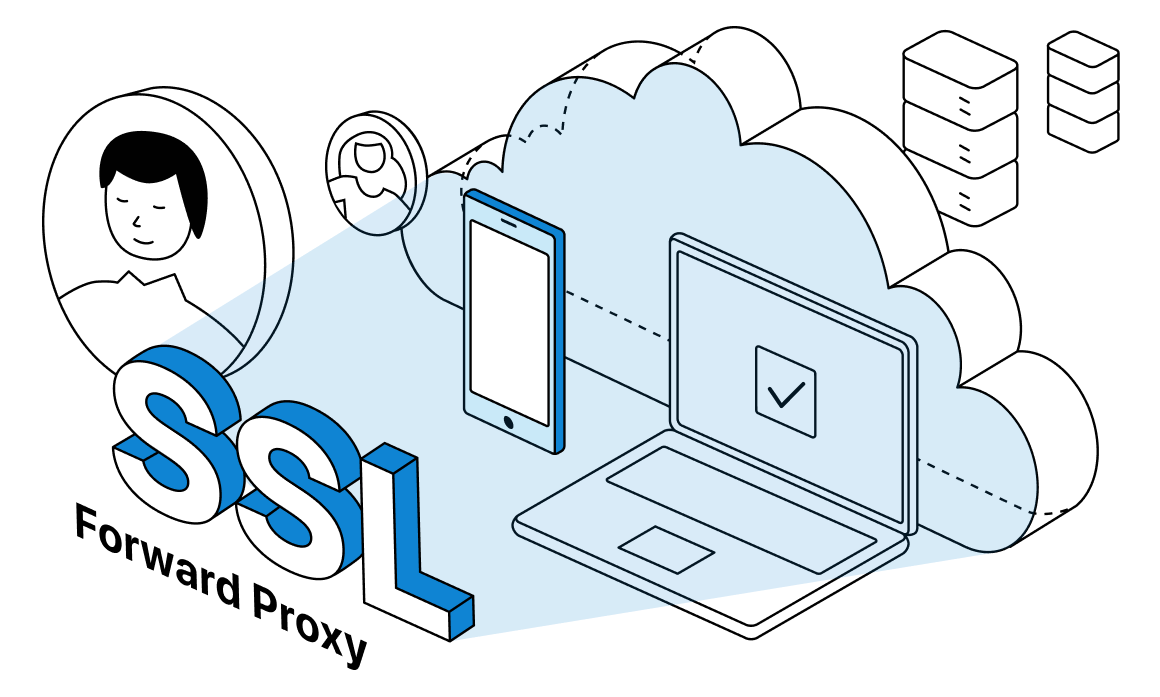

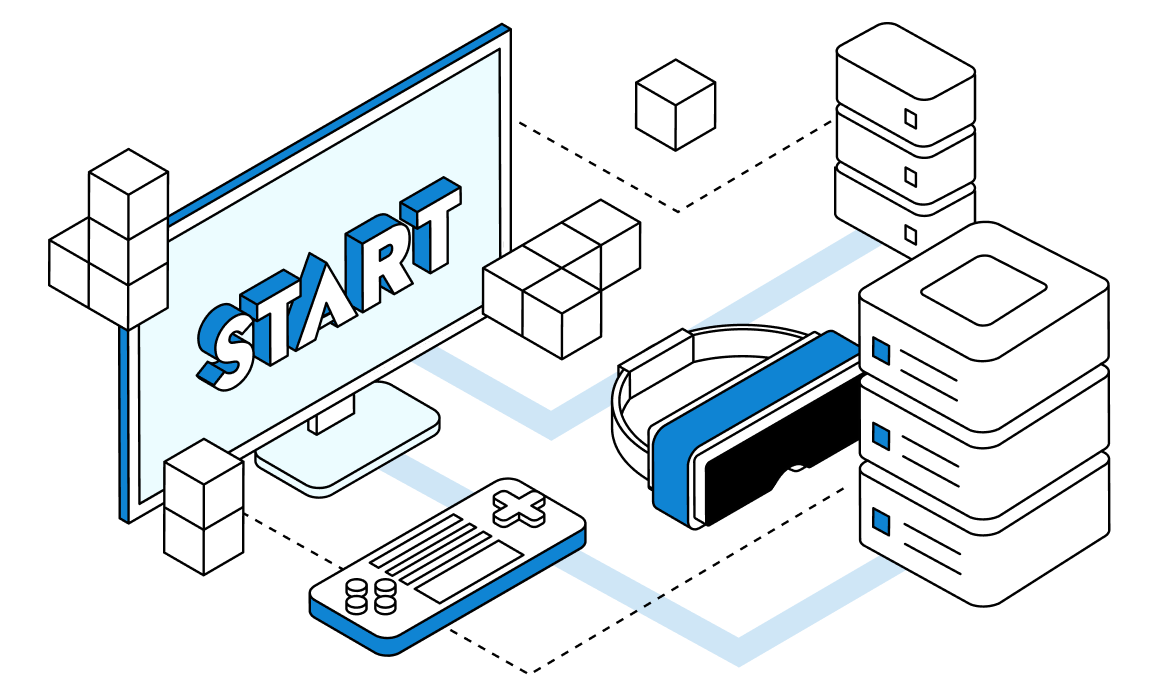

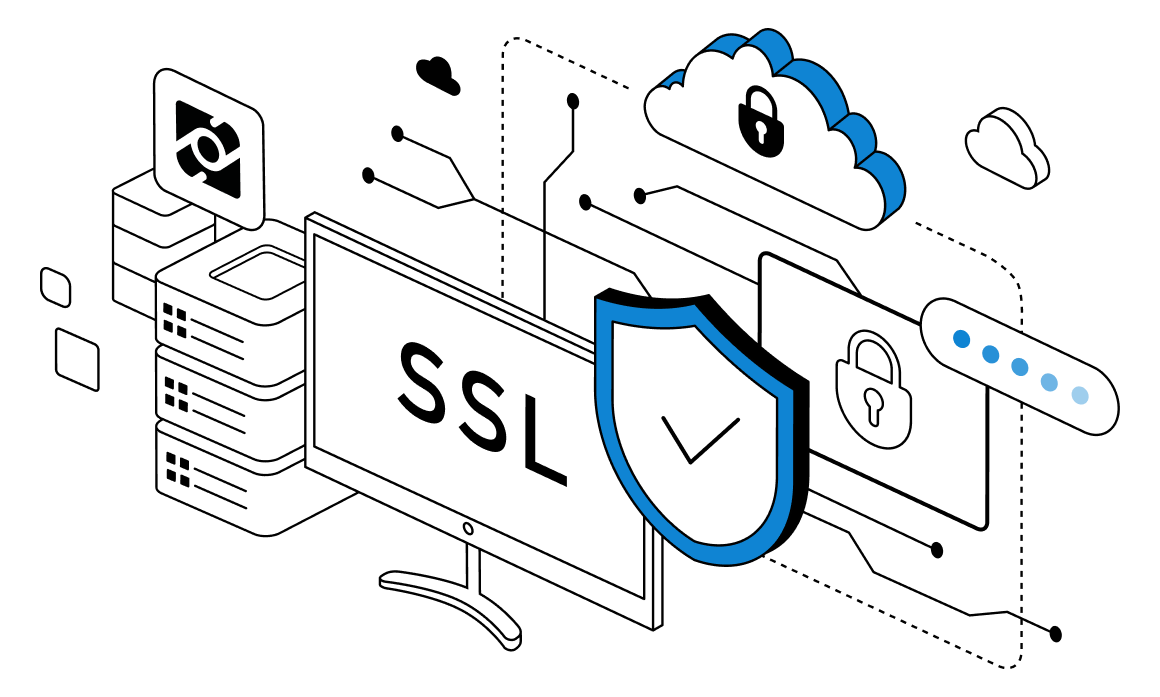
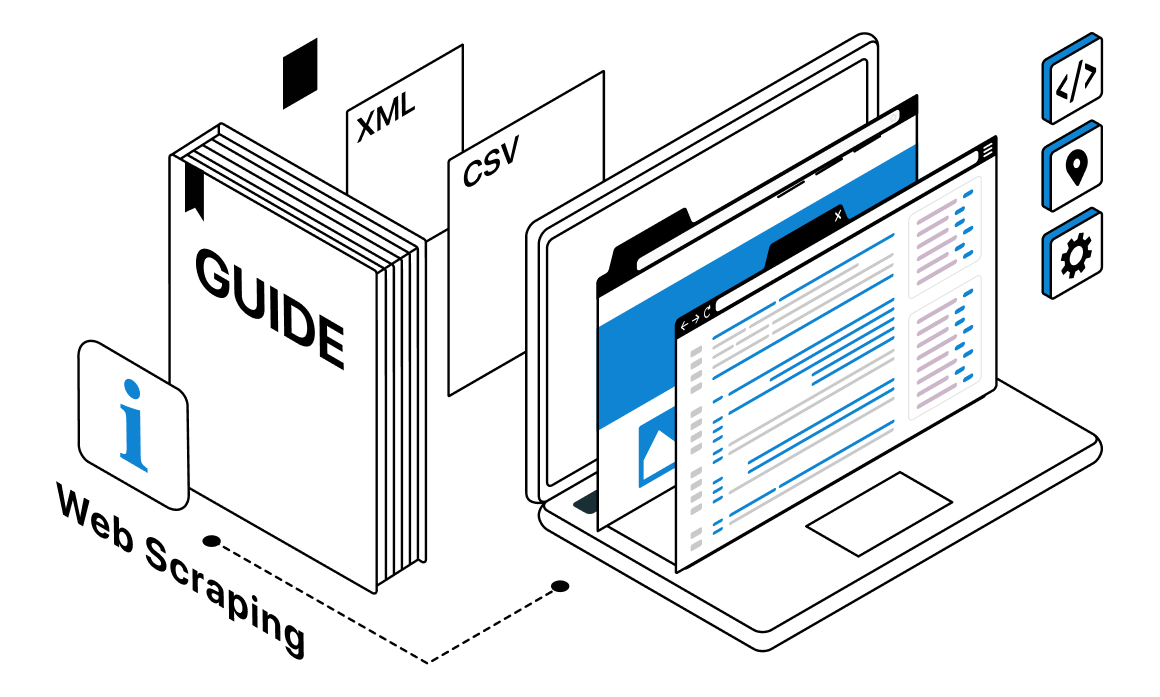
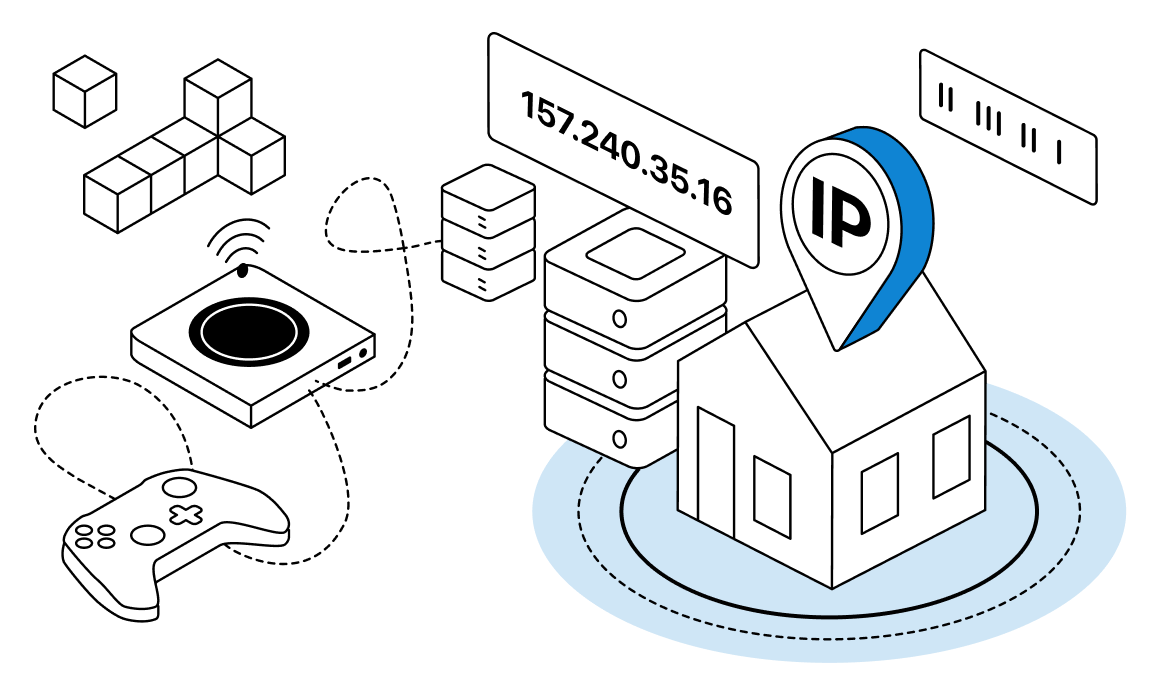
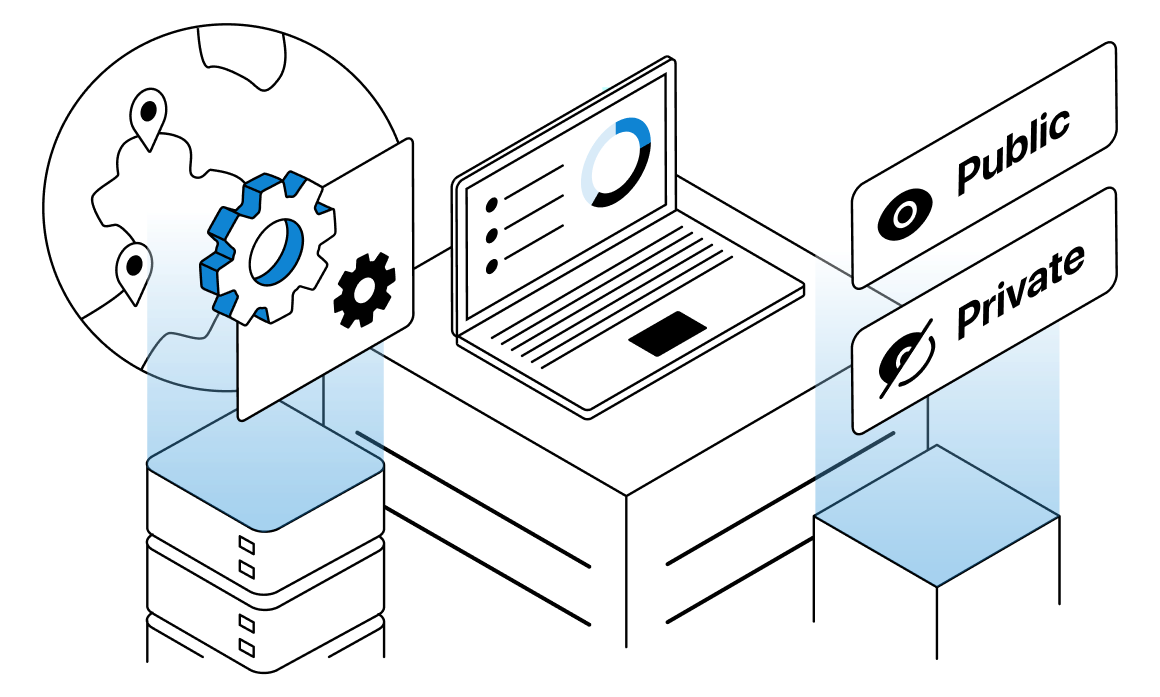
Nowadays, encrypting technologies have become one of the main components of the Internet overall. SSL decryption, in this light, is one of the most effective ways of protecting against hidden threats and data leaks. This technology can be useful for both regular users and organizations. A forward SSL proxy is a fairly popular tool for traffic control between users' systems and the Internet. A proxy server like this redirects user requests, analyzes them, and only then sends a request to the needed site. In this article, we will see what an SSL forward proxy is and how it can be useful to you.